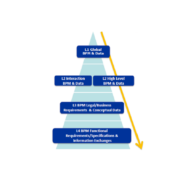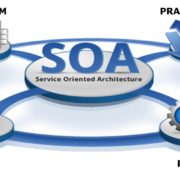Implementation and aims of Union Customs Code (UCC)
The adoption of the UCC in 2013 and its entry into force in 2016 was forced by the modernization of the EU customs and trade sector. It regulates uniform administration of customs duties and other import taxes in the EU Member States. Furthermore, this ensures the application of other related international trade regulatory measures towards the third countries that are trading with the European Union. Read more










